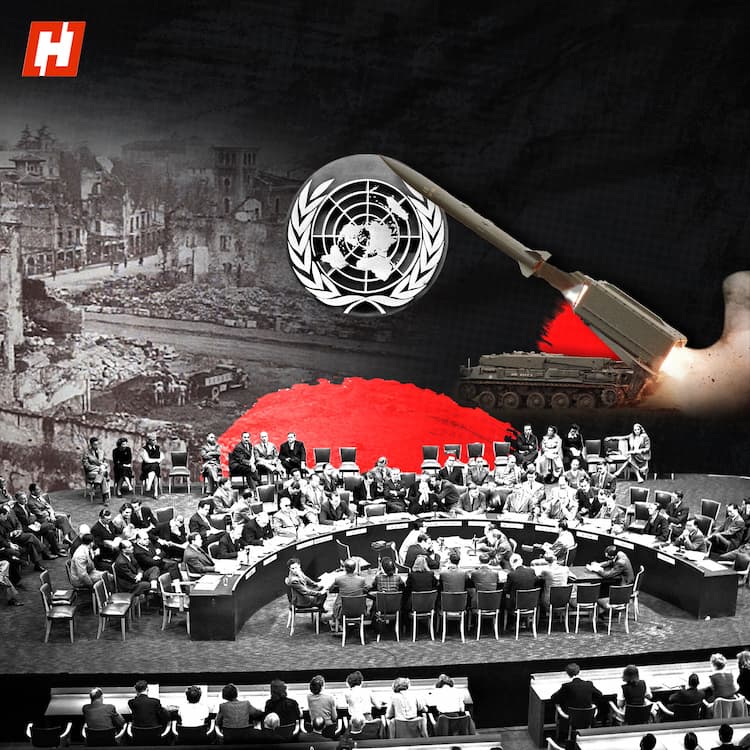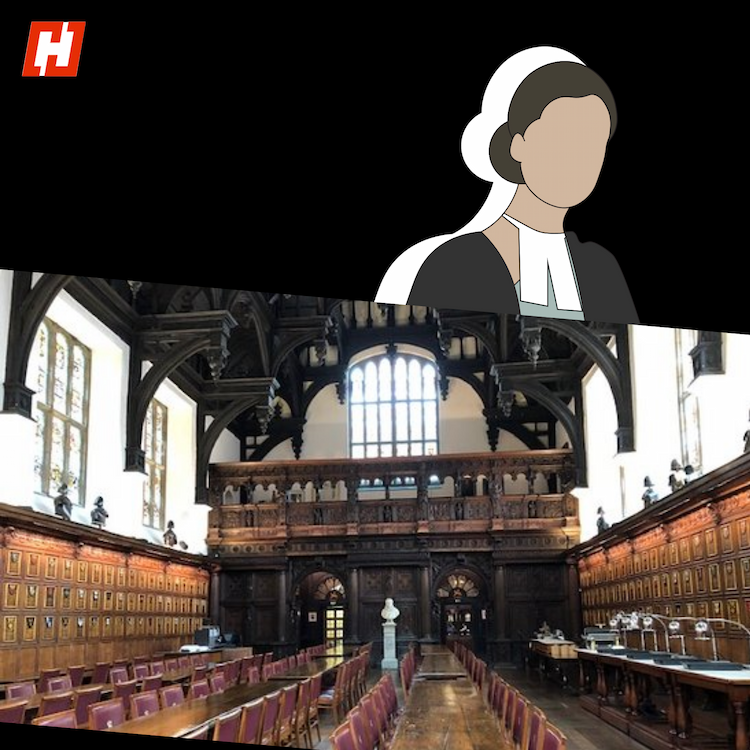Australia is gearing up for a big election on May 3, and the stakes couldn’t be higher. With Prime Minister Anthony Albanese and his rival Peter Dutton facing off, political experts are calling this a nail-biting race. Albanese, 62, leads the left-leaning Labor Party, while Dutton, 54, represents the more conservative Liberal Party. Both candidates come from working-class backgrounds, which sets them apart from past leaders with more traditional, elite paths to power.
Albanese’s early life was far from easy. Raised by a single mother in a small government-subsidized flat in Sydney, he grew up looking after her as she fought a debilitating illness. Dutton’s story is also rooted in blue-collar Australia. Growing up in Brisbane, he worked as a bricklayer before joining the state police, where he rose to a role as a drugs squad detective.
With the election looming, it’s anyone’s guess who will come out on top. The outcome could very well depend on the support of unaligned crossbenchers, who could hold the balance of power and force Australia into a rare minority government.
One thing that makes Australian elections different from many others is their unique voting system. It’s called “preferential voting,” and it’s a bit of a puzzle at first glance. Voters rank the candidates in order of preference. If no candidate gets more than 50% of the first-choice votes, the candidate with the fewest votes is eliminated. Then, the second-choice votes from those ballots are redistributed to the remaining candidates. This process continues until one candidate has more than 50% of the votes and is declared the winner.
While it may sound complicated, the preferential voting system ensures that the elected candidate truly has broad support. It’s a system that helps avoid a situation where someone wins with just a small slice of the vote. Plus, it helps make elections in Australia some of the highest-turnout events in the world.
Australia has mandatory voting laws. Since 1924, every citizen 18 and older has to cast a vote or face a small fine. The law has worked wonders—turnout never dips below 90%, and the system helps keep the process fair and representative.
With major parties like Labor and the Liberals dominating politics, independent candidates have also been gaining ground. Many voters are calling for more transparency and stronger climate action.





